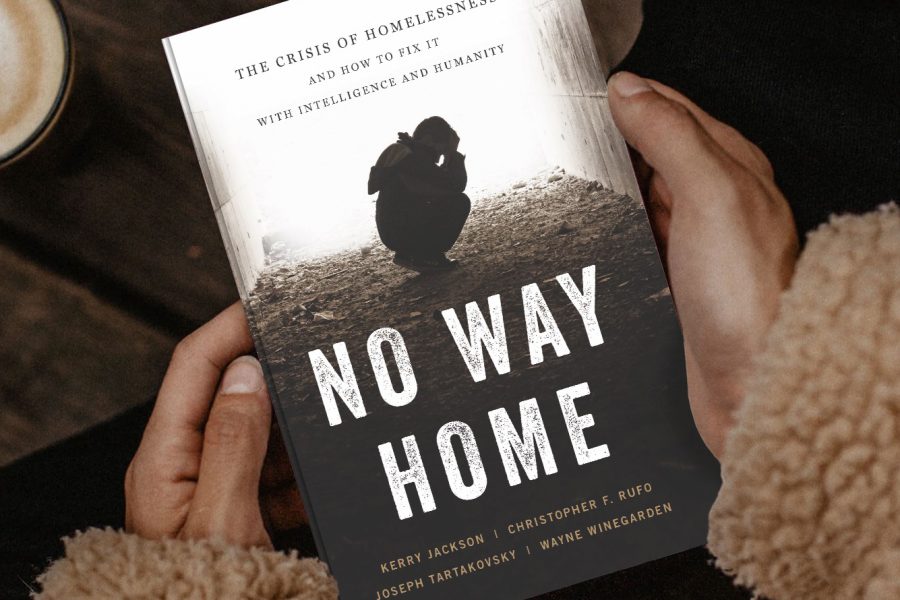In advance of last week’s State of the State address, Gov. Newsom visited a San Jose mental health treatment center last Thursday to unveil his proposal for a “CARE Court”.
According to a fact sheet from the Governor’s Office, “Community Assistance, Recovery, and Empowerment (CARE) Court is a new framework to get people with mental health and substance abuse disorders the support and care they need.
CARE Courts would place homeless struggling with mental illness in a court-ordered care plan, which would last for up to 24 months. The plan would be supervised by a care team including doctors and mental health professionals. Those making decisions for the individual would include a public defender and a supporter of the patient.
Court-ordered responses could be initiated by family members, first responders, behavioral health providers or social services programs. Those who do not successfully complete a plan can be hospitalized or referred to a conservatorship.
Reaction to the plan was predictable. The ACLU of California says that “we won’t solve homelessness, mental health, or substance abuse problems by locking people up and drugging them against their will,” according to the Associated Press.
In No Way Home (Encounter Books, 2021), PRI’s book exploring the causes of California’s homeless crisis and solutions that emphasize private charities over bigger government, the authors explored efforts by former San Francisco Mayor Newsom and his successor London Breed to initiate court-ordered treatment programs for the mentally ill and expanded use of conservatorships. Their analysis suggests that CARE Courts might either not have enough teeth to succeed or may not be allowed by the courts.
Writing about the “perilous trifecta” of those who are homeless, mentally ill, and substance abusers, Christopher Rufo paints a portrait of a population “70 percent (of which) have been on the streets for more than 5 years; 40 percent have been on the streets for more than 13 years.”
He argues that for this community, “the problem is often not access to services but participation in services,” citing data showing that only 17 percent of (San Francisco) homeless reported using mental health services and 11 percent reported using substance abuse services.”
Writing about a push by Mayor Breed to move toward the type of short-term “conservatorships” that Newsom is embracing as a last resort, Rufo writes that her approach “has neither the scope nor the force to significantly reduce the numbers of the perilous trifecta.”
Then there’s the question of whether the courts will allow Newsom’s plan to proceed, especially given the fierce opposition from the ACLU that will almost certainly land in a courtroom.
Joseph Tartakovsky writes that, “all laws regulating the conduct of the homeless reflect an unavoidable tension between the rights of the few and unfortunate and the rights of everyone else in the community.”
“Cities and their lawyers,” he writes live in an era where laws are subjected to constant constitutional attack – on theories of vagueness, discriminatory enforcement . . . (and) due process.”
Noting the trend following the controversial Martin v. Boise decision that limited the ability of cities to enact policies that disallow sleeping on the streets where no alternative existed, Tartakovsky notes that “court decisions based on interpretations of the Bill of Rights necessarily foreclose democratic rule by declaring that a particular policy debate is already settled by the Constitution.”
He urges policymakers to explore the creation of community or collaborative courts, such as a San Francisco program championed by Newsom as mayor called the Community Justice Center, which merges legal proceeding and social work to include mental health and substance abuse treatment, counseling and support, and job training all in one program to stop the cycle of recidivism.
Newsom’s proposal is a step in the right direction of what must be done to get the perilous trifecta off the streets and on the road to recovery. Its effectiveness will depend on whether lawmakers or the courts allow it to move forward – and move forward with the tools and enforcement mechanisms needed to actually make a difference in helping people and cleaning up the community once and for all.
Tim Anaya is the Pacific Research Institute’s senior director of communications and the Sacramento office.


